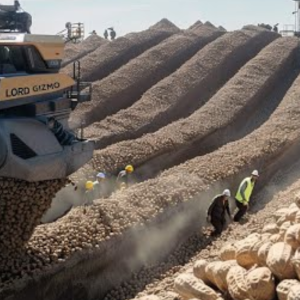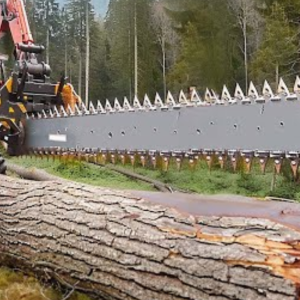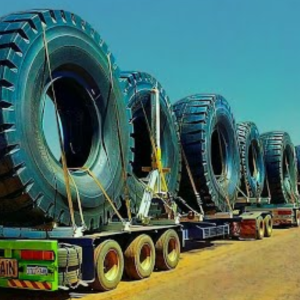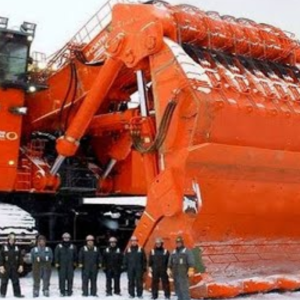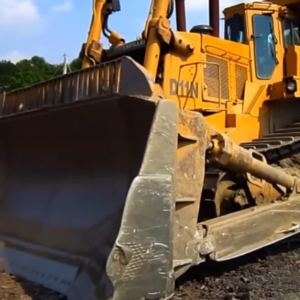
The model name is an obscure one today, but frrom 1952 through 1954 the Crestline was the flagship of the Ford passenger car line.

1953 Ford Crestline Sunliner
The Ford Crestline came to be in 1952 when the Dearborn carmaker decided to replace its two old-fashioned DeLuxe and Custom model names with three newer and jazzier designations. It’s been said that Henry Ford II himself decreed that it was time for a change, but while that hasn’t been verified, we can bet it wasn’t done without his personal approval.
In ascending order in price and features, the new names were Mainline, Customline, and Crestline. There was some precedent for the Crestline tag, sort of. In ’50 and ’51, Ford had offered a specially trimmed Custom Tudor, intended to compete with the General Motors pillarless hardtops, called the Crestliner—note the extra “r” on the end. Also, in 1954 through 1956, Ford badged its bodies with the Crestmark name in emulation of GM’s Fisher Body.

1952 Ford Crestline Victoria
As if to signal its exclusivity, the Crestline was offered in just three body styles in ’52 and ’53: the two-door hardtop Victoria, the Sunliner Convertible, and the wood-trimmed Country Squire, Ford’s deluxe eight-passenger wagon. Each style was available only in the Crestline series. (A four-door sedan was finally added for 1954.) Prices ranged from $1,925 to $2,186, and along with the exclusive body styles, buyers received additional bright metal exterior trim and finer materials inside, nicely done up in a two-tone theme of mixed nylon and vinyl.
Like all Ford passenger cars in ’52-’53, the Crestline could be powered by the familiar 239 cubic-inch flathead V8 or the new OHV 223 CID six. Either could be paired with your choice of a three-speed manual, overdrive, or Fordomatic automatic transmission. Annual styling changes were minor (see our handy ’52-’54 Spotter’s Guide here) but in 1954 an entire list of extra cost power options became available: power steering, power brakes, power seats, and power windows. By checking enough boxes on the order form, a Ford could now be as fully equipped as most of the cars in the mid-priced field.

1954 Ford Crestline Sedan
More big news for ’54: The aging flathead V8 was retired in favor of the new overhead-valve Y-Block V8 (see our Y-block feature here) and the revised chassis now featured ball-joint front suspension. One more body style joined the Crestliner lineup, the Plexiglas-roofed Skyliner, which didn’t sell in large numbers but added glamour to the Crestline series.
Despite their higher prices and low-volume body styles, the Crestlines did reasonably well for the Ford division—especially the four-door sedan in ’54, which sold nearly 100,000 units. After a short but successfull three-year run, in 1955 the Crestline was replaced as the flagship Ford model by the Fairlane, which took its name from Fair Lane, the Dearborn estate of Henry Ford I.
1954 Ford Crestline Victoria


